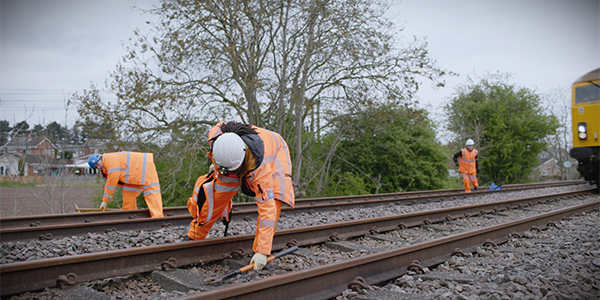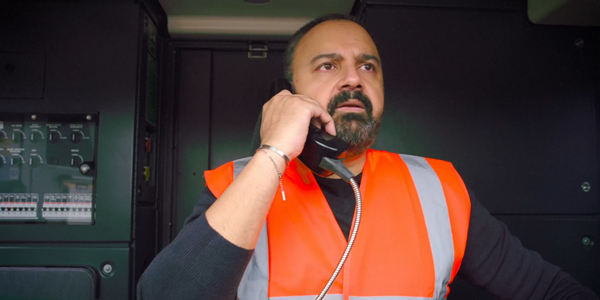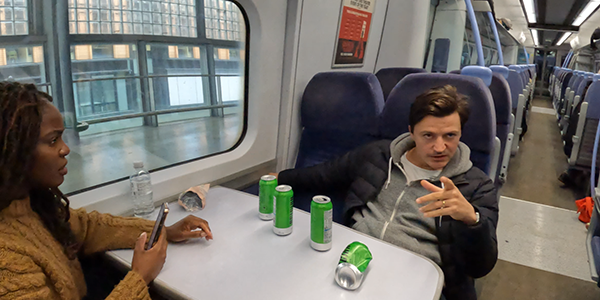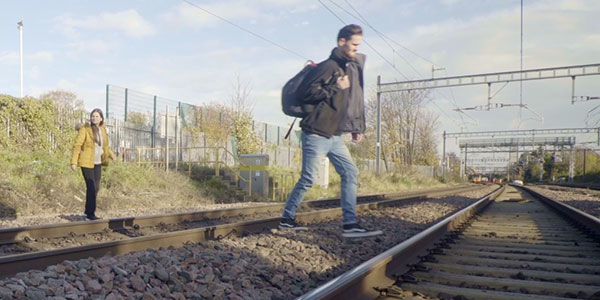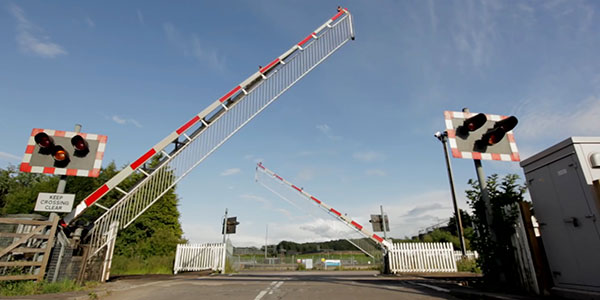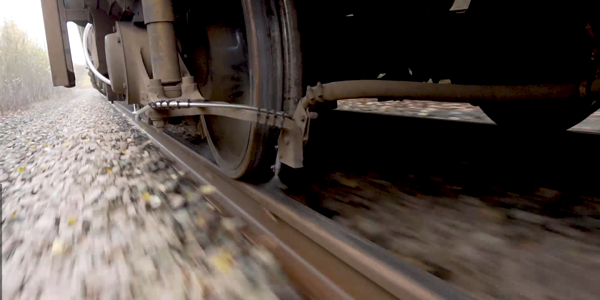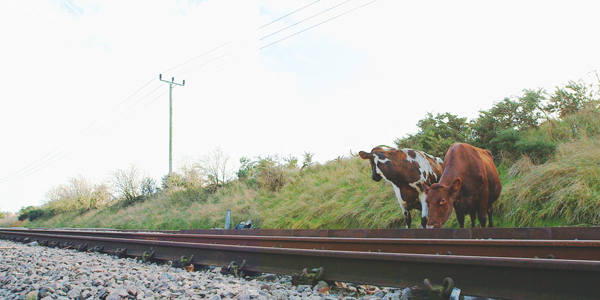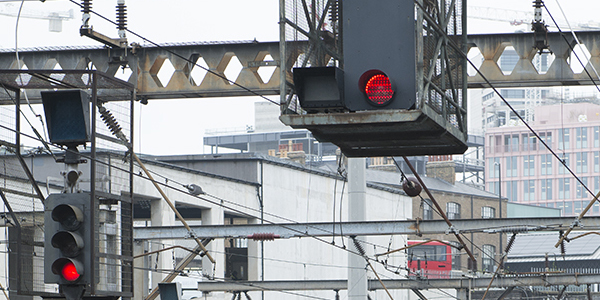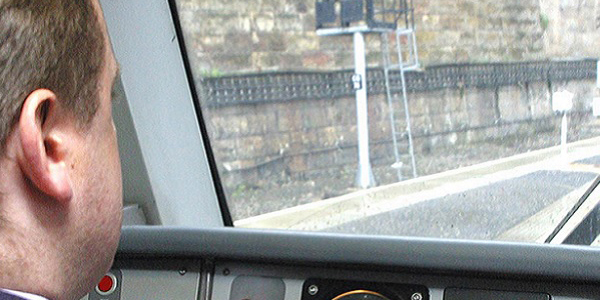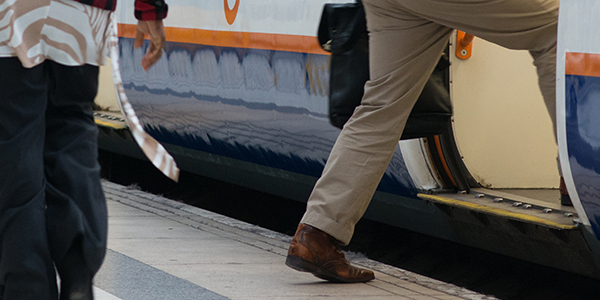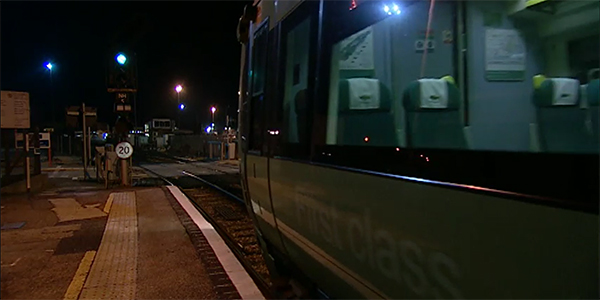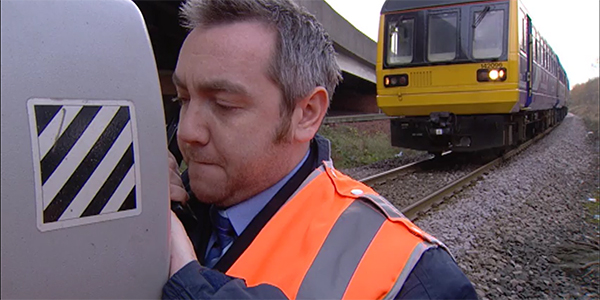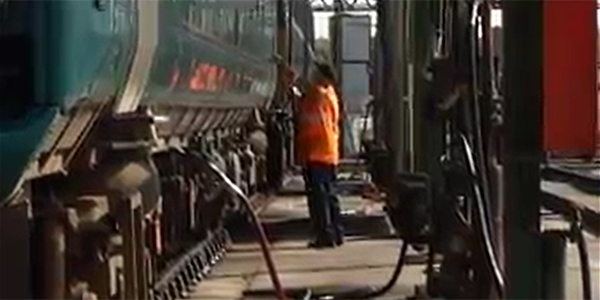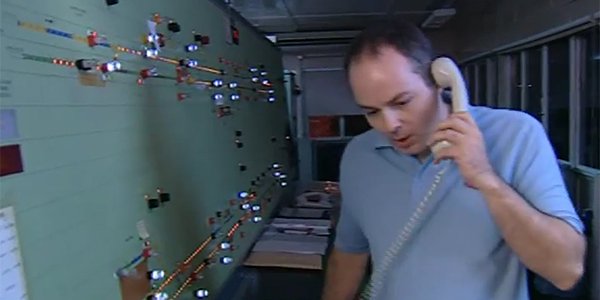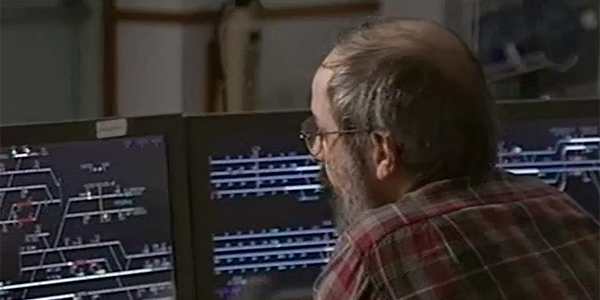RED 71 - Trackside Workers
A wide range of people work trackside, performing a range of tasks—from undertaking track inspections and general maintenance, to telecoms, earthworks, and enhancement work.

Premium
RED 69 – Safety Critical Communications
Safety critical communications is a vital part of running a railway safely and efficiently. Get it right, and everything runs smoothly. Get it wrong, and there can be damage to the infrastructure, injury, or even worse.

Premium
RED 68 - Work-Related Violence
Passenger behaviour and work-related violence is a key risk area in the rail industry. According to a 2018 report by RSSB, 94.1% of frontline staff have experienced workplace abuse.

Premium
RED 59 - Trespass
Trespass brings severe safety implications, for the trespassers and the wider network. In this award-winning RED 59 programme, we hear about what industry is doing to tackle this problem, and what we can all do to help.

Premium
RED 57 - Level Crossings
This RED 57 programme looks at the risks posed by level crossings. A group of track workers are working in a possession by a level crossing. Errors in the handover between the crossing attendants are exacerbated by the PICOP’s fatigue and the signaller’s workload. These events lead to no signals protecting the crossing, and a very near miss.

Premium
RED 50 - Rail Adhesion
This RED 50 programme looks at adhesion. A driver reports low adhesion to the signaller, who asks the mobile operations manager to attend. The next driver also experiences adhesion issues and is not able to stop at the signal protecting the mobile operations manager.

Premium
RED 44 - Assuming Safety
This RED 44 programme looks at the importance of following procedure. A driver notices a cow walking in the cess and informs the signaller. We see how poor communications and a failure to follow correct emergency procedures allow the situation to escalate into a serious incident.

Premium
RED 41 - Just Another Day
This RED 41 programme looks at semaphore signals. Inspired by a real event, this RED follows two track workers in a semaphore signalled area. They narrowly avoid being killed when a train passes a signal at danger.

Premium
RED 40 - Driving at Caution
Two heavy on-track machines are carrying out routine maintenance on the same stretch of track. The second machine is given authority to move, as the first machine is also expected to clear the line.

Premium
RED 37 - Revisiting the Platform-Train Interface
This RED 37 programme looks at passenger behaviour and the platform train interface. A group of girls see their friend onto a late train after a night out. They are under the influence of alcohol, impairing their judgement and making them vulnerable – and leading to tragic consequences.

Premium
RED 27 - Wrong Routing Causes Near Collision
This RED, based on an incident at Newhaven Harbour in September 2009, looks at fatigue. An exhausted signaller with demands on his attention causes two passenger services travelling in opposite directions to come face-to-face.

Premium
RED 26 - Derailment in Cumbria
This RED looks at the importance of reporting issues. A two-car Class 156 experiences violent side-to-side motion, but the driver doesn’t report it until he is in the Carlisle mess room. The driver of the following train sees the buckled line but isn’t able to stop in time.

Premium
RED 19 - The Authorised SPAD
This RED, based on an incident at Cheltenham Spa in November 2006, looks at workload and distraction. A signaller has had a difficult shift. He authorises a train to pass a signal at danger but doesn’t set the points.

Premium
RED 17 - The Industry's Most Hazardous Job
This RED, based on an incident at Old Oak Common in January 2005, looks at the risks in yards and depots. A driver and shunter are remarshalling coaches for a charter train. The shunter becomes trapped between two of the coaches.

Premium
RED 13 - Safety Critical Communication
This RED, based on an incident at Lichfield Trent Valley in October 2004, looks at safety critical communications. A driver stops at a signal at danger. After poor safety critical communications with the signaller, the driver believes he has authority to pass the signal at danger.

Premium
RED 4 - A Question of Responsibility
Signallers have a responsibility to prevent SPADs. If there is a SPAD, they need to mitigate any events it could lead to. This RED 4 programme explores Category A SPADs and the question of responsibilities between the driver and the signaller.
